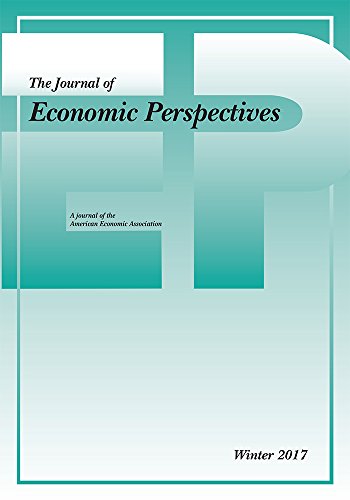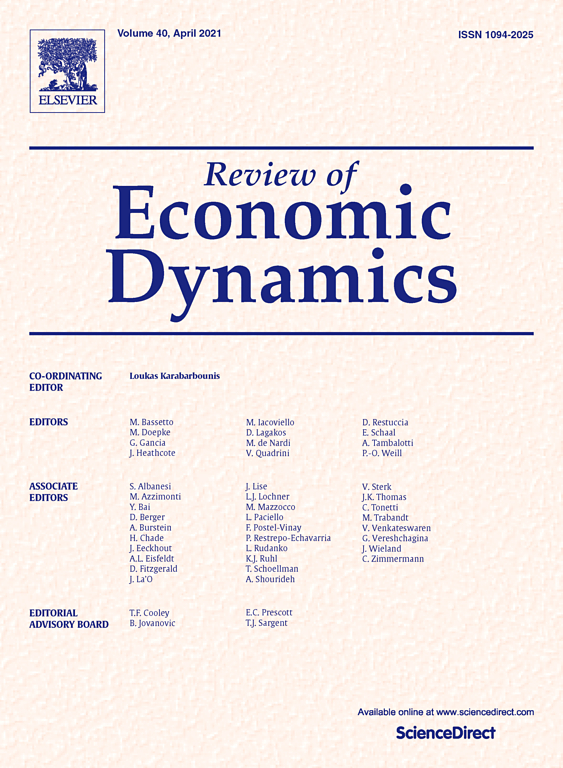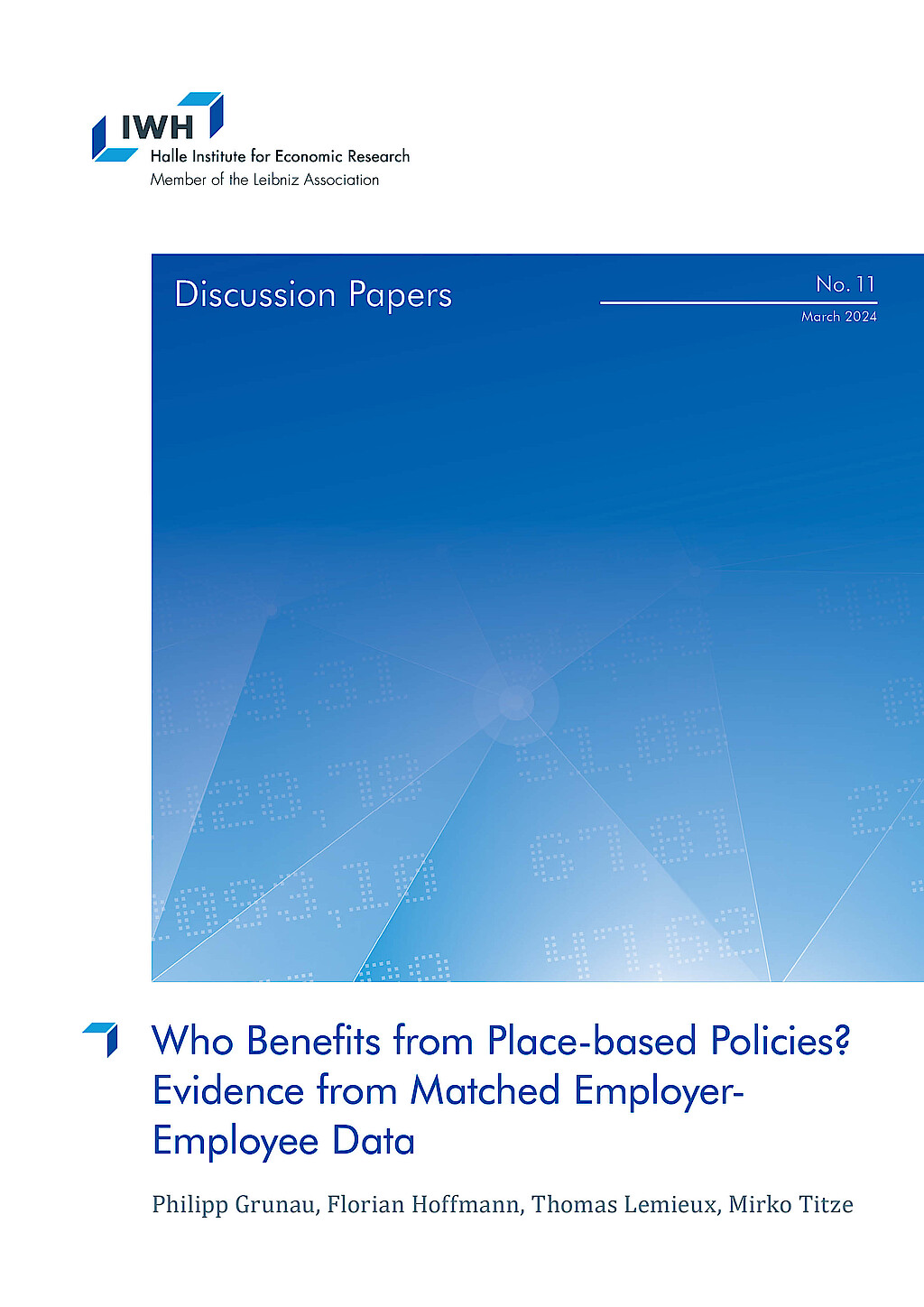Professor Florian Hoffmann, PhD

Current Position
since 12/16
Research Fellow Department of Structural Change and Productivity
Halle Institute for Economic Research (IWH) – Member of the Leibniz Association
since 07/19
Associate Professor
Vancouver School of Economics
Research Interests
- human capital
- dynamic general equilibrium models
Florian Hoffmann joined the Department of Structural Change and Productivity as a Research Fellow in December 2016. His research interests lie in the determinants of life-cycle earnings and career dynamics, dynamic discrete choice models of human capital formation, estimation of equilibrium search models, and the importance of student-instructor interactions for academic achievement on the post-secondary education level.
Florian Hoffmann is Associate Professor at Vancouver School of Economics. He received his PhD from University of Toronto.








